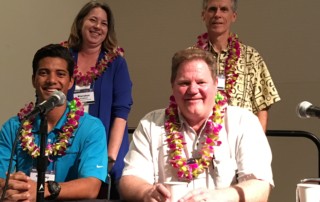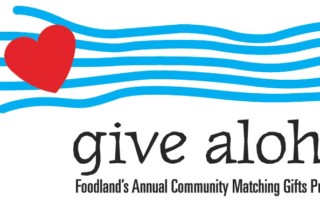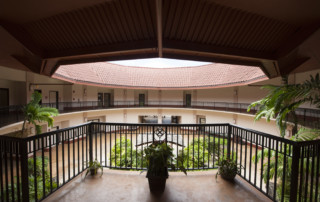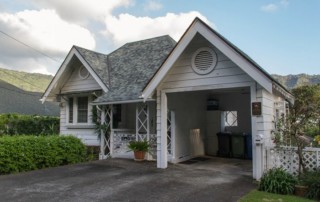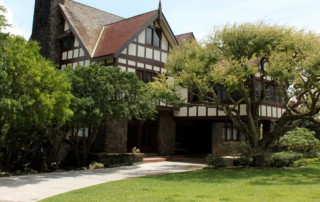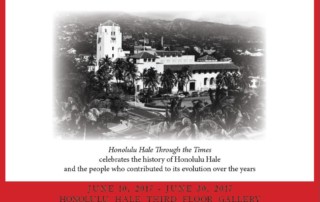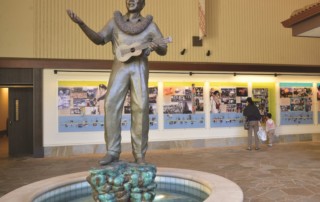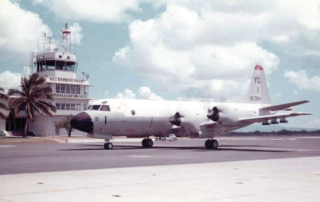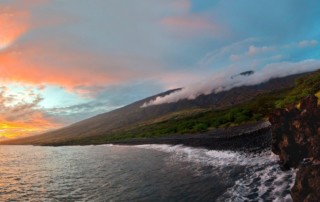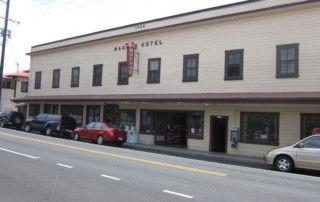Honolulu Council Bill CB52 (2017) Proposes Increase to Minimum Annual Property Tax on Historic Homes 7/7/2017: Honolulu City Council has scheduled a public hearing on CB52 CD1 (2017) proposing to raise the annual minimum property tax for historic residences dedicated to preservation to $1000 per year. The minimum property tax for other exemption categories would remain at the current level of $300 annually. The Council hearing will be held on Wednesday, July 12 in Council Chambers at Honolulu Hale. The meeting begins at 10 a.m., with the public hearings scheduled after other matters. The agenda is available in the sidebar to the right. Under the current tax incentive program for preserving historic homes, property owners may receive a tax exemption for the portion of the property dedicated for historic preservation, subject to conditions that include the property being listed on the Hawai‘i register of historic places, retaining the historic character, providing visual access from the public way and installing a plaque about the historic significance (ROH Sec 8-10.22). The City provides at least 24 categories for property tax exemptions to encourage and support a variety of public benefits, including historic preservation, child care centers, credit unions, slaughterhouses, industrial development, air pollution control, crop shelters, alternative energy development, public service, agriculture, kuleana lands, charitable purposes, low-income rental housing and others. If CB 52 CD1 (2017) is approved, historic residential properties and credit unions would be subject to the higher annual minimum tax rate; other exemptions that qualify under their programs would pay the lower rate. Written testimony should be submitted 24 hours in advance, by Tuesday, July 11. It may be transmitted via internet at http://www.honolulu.gov/ccl-testimony-form.html for distribution at the meeting or faxed [...]


